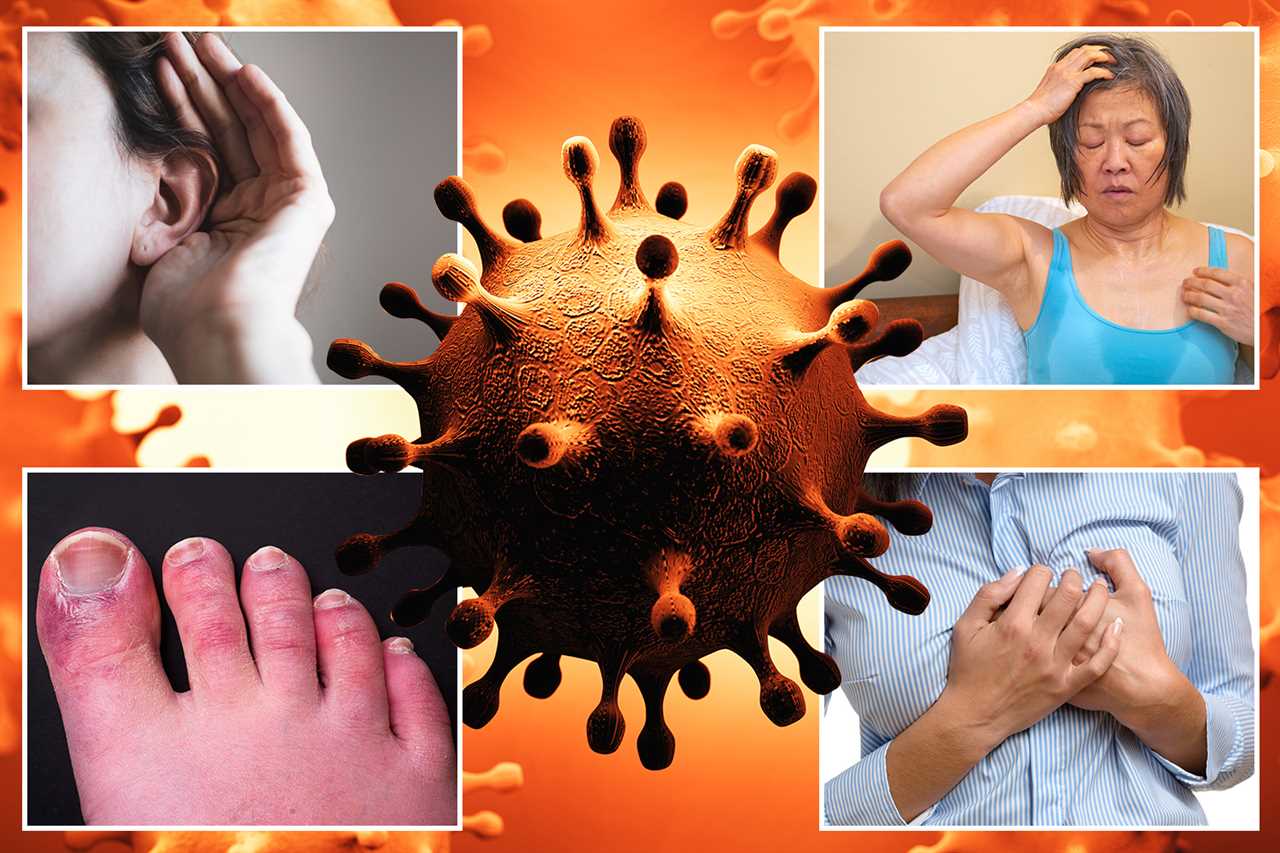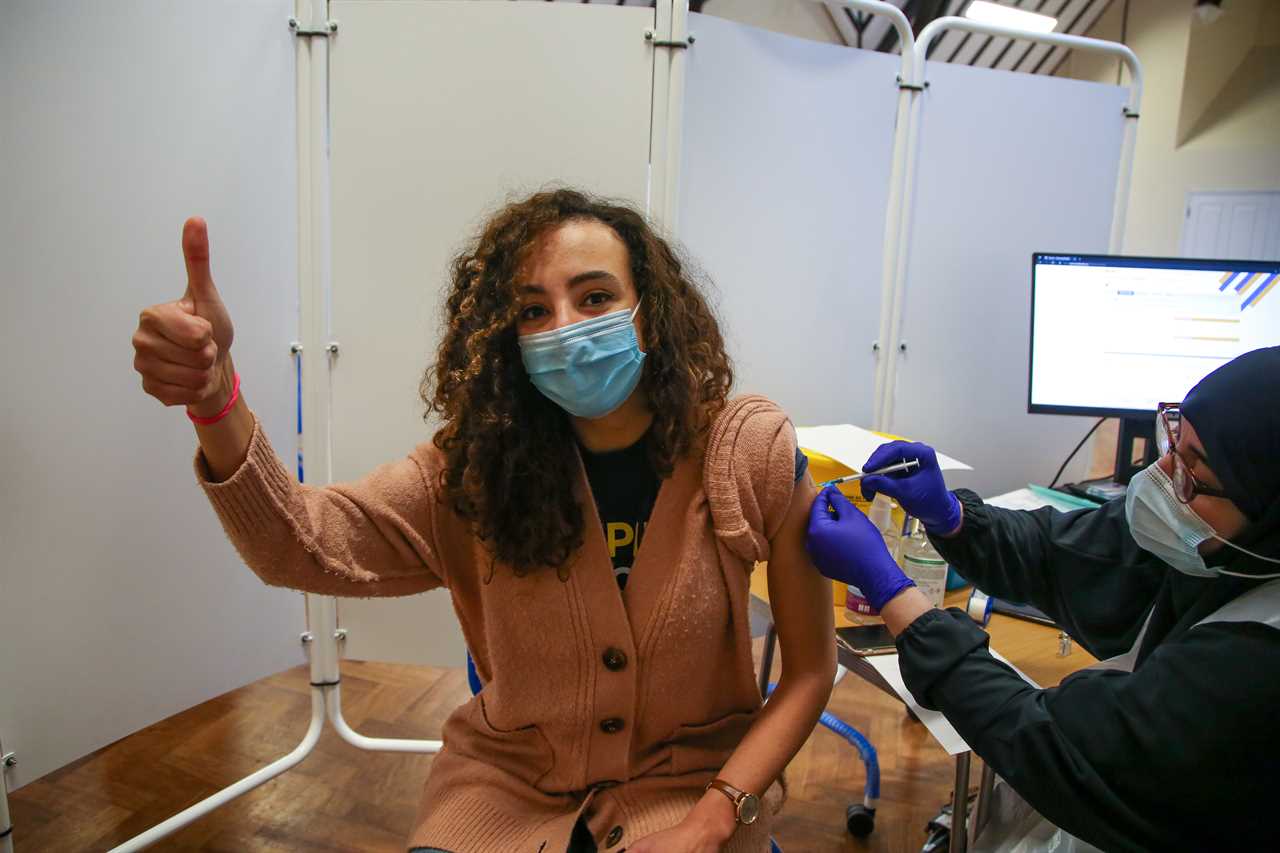A BUNCH of new Covid variants have cropped up in Europe in the past few weeks.
Being sisters, sub-variants or combinations of those that have come before, you may be a little confused about them – and their significance.

Currently, BA.2 is dominant in the UK.
It is a “sister” of the original Omicron, BA.1. They are from the same lineage or “family”.
Only these two variants are designated a “concern” in the UK – but they are actually more mild in terms of disease severity.
All evolved versions of the coronavirus have mutations which make it behave slightly differently.
Read more on coronavirus
Whether these changes give it an advantage or not – such as to spread faster, cause more severe disease or evade immunity – is the real concern.
We give a breakdown of the new virus strains in Europe that health officials are investigating right now – BA.4, XE, XF and XD.
There is no indication these strains are causing symptoms different to those people already know, including a fever, sore/scratchy throat, cough, runny nose, sneezing, fatigue, aches and pains.
BA.4
BA.4 is part of the Omicron lineage.
The UK Health and Security Agency (UKHSA) first described its existence in its technical report on April 8.
It said the first positive swab of BA.4 was found in South Africa in January.
This was where it was first detected and flagged by scientists, but not necessarily its origin.
Countries that have now reported BA.4 include South Africa (41 cases), Denmark (three) and Botswana (two).
There has been one case in England and one in Scotland.
“Although the number of total genomes is small, the apparent geographic spread suggests that the variant is transmitting successfully,” UKHSA warned.
Botswana’s health ministry said that cases of BA.4 detected in people aged 30 to 50 who were fully vaccinated were mild, Reuters reported.
The World Health Organization is investigating whether this strain of Omicron is more able to dodge vaccines.
So far the Omicron family has not been significantly able to reduce the effectiveness of jabs. However, two doses are not enough.
A booster is necessary to have protection against Omicron BA.1 and BA.2.
BA.5 is also being monitored by health leaders, but this has not been detected in Europe or the UK, only South Africa.
XE
XE has infected at least 1,179 people in the UK but potentially more since it was first detected in mid-January.
The UKHSA say there is evidence it is spreading among England’s population, with most cases in London and the East and South East.
XE is known as a recombinant variant, which is when the genetics of two strains jumble together to create a new version.
It combines Omicron BA.1 (dominant at Christmas) and Omicron BA.2 (dominant now), with the addition of three other mutations.
XE is estimated to spread 12.6 per cent faster than the current strain BA.2, which is already in itself believed to be the most fast-spreading variant seen so far.
BA.2 has up to a 75 per cent higher growth rate than other Omicron strains.
But there is no evidence XE is any more serious in disease severity, and Omicon variants have so far shown to be milder.
Scientists are still studying XE to understand if it has any mutations of importance.
Professor Susan Hopkins, Chief Medical Advisor, UKHSA said most variants “die off relatively quickly”.
She said: “This particular recombinant, XE, has shown a variable growth rate and we cannot yet confirm whether it has a true growth advantage.
“So far there is not enough evidence to draw conclusions about transmissibility, severity or vaccine effectiveness.”
XF
XF mixes the UK Delta strain and original Omicron, and is nicknamed “Deltacron”.
A small number of cases (38) have been found in the UK, but it has not been detected since mid-February, UKHSA said.
It is considered a variant being monitored, but not of concern.
France, Denmark and Belgium have also identified cases of XF.
XD
XD has the “backbone” of France’s Delta strain, with the addition of Omicron mutations.
It has popped up in several European countries, causing several hundreds of infections, mostly in France.
Read More on Trending In The News
But at this stage it has not been seen in the UK.
The UKHSA said: “Whilst the total number of genomes is still small, it has been designated on the basis that data published from France suggests that it may be biologically distinct.”










